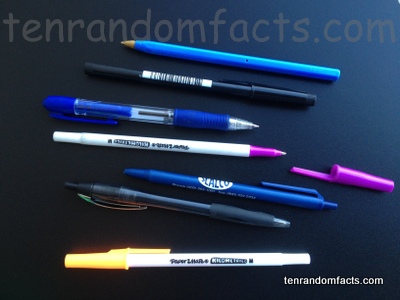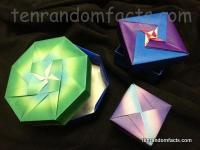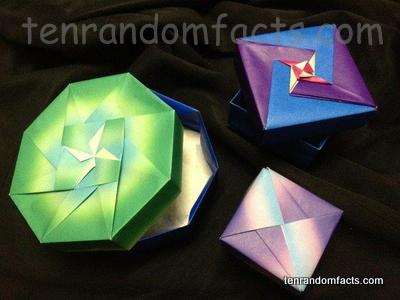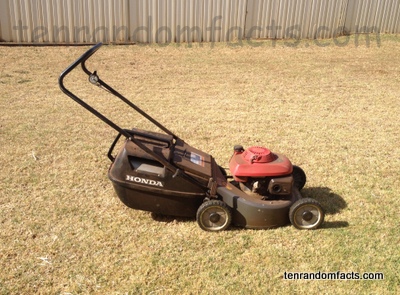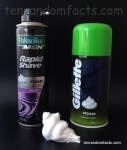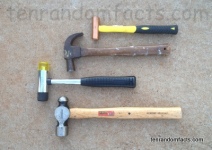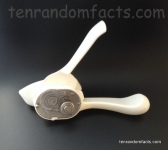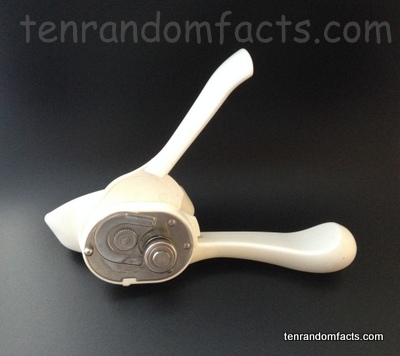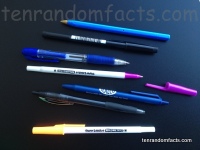
Do you ever take ballpoint pens for granted?
- A ballpoint pen is a pen that distributes ink along a writing surface, and it has a very small ball in the writing tip that moves in the process.
- ‘Ballpoint pens’ are also known as ‘biros’, ‘ball pens’ and ‘Biromes’.
- The main design of a ballpoint pen originated from an 1888 patent for a pen that could write on leather, by leather tanner John Loud, an American, but the design was unsuitable for writing on paper.
- Practical ballpoint pens were patented in 1938 by an editor of a Hungarian newspaper, László Bíró, which led to the common name of the modern pen, ‘biro’.
- Ballpoint pens were introduced to America by Milton Reynolds, an American entrepreneur, who changed Bíró’s design in the mid 1940s, although it wasn’t until the 1950s that a more reliable pen was invented by Marcel Bich in France, that did not leak and had smooth ink flow, and was sold under the name ‘Bic’.
- Ballpoint pens can be disposable or refillable, often with a removable lid or a replaceable tip and reservoir, as well as retractable tips that retract back into the pen cylinder.
- Ballpoint pens are the most commonly used writing instrument, and they are also used by some artists in their artwork, although any mistakes made generally cannot be removed, unless a pen with erasable ink is used.
- Ballpoint pens range in colour and designs, and most often have ink coloured blue or black, and the next most popular ink colours are red and green.
- Due to the availability of mass production, ballpoint pens have become increasingly cheaper and are more commonly used.
- Ballpoint pens range in numerous shapes and sizes, leading some to become collector’s items; while some brands have been featured in the United State’s New York Museum of Modern Art, including the Bic Cristal pen.
Bibliography:
Ballpoint Pen, 2006, The Great Idea Finder, http://www.ideafinder.com/history/inventions/ballpen.htm
Ballpoint Pen, 2014, Wikipedia, http://en.wikipedia.org/wiki/Ballpoint_pen
The History of the Ballpoint Pen, 2002, Cosmopolis, http://www.cosmopolis.ch/english/cosmo30/history_ballpoint_pen.htm




